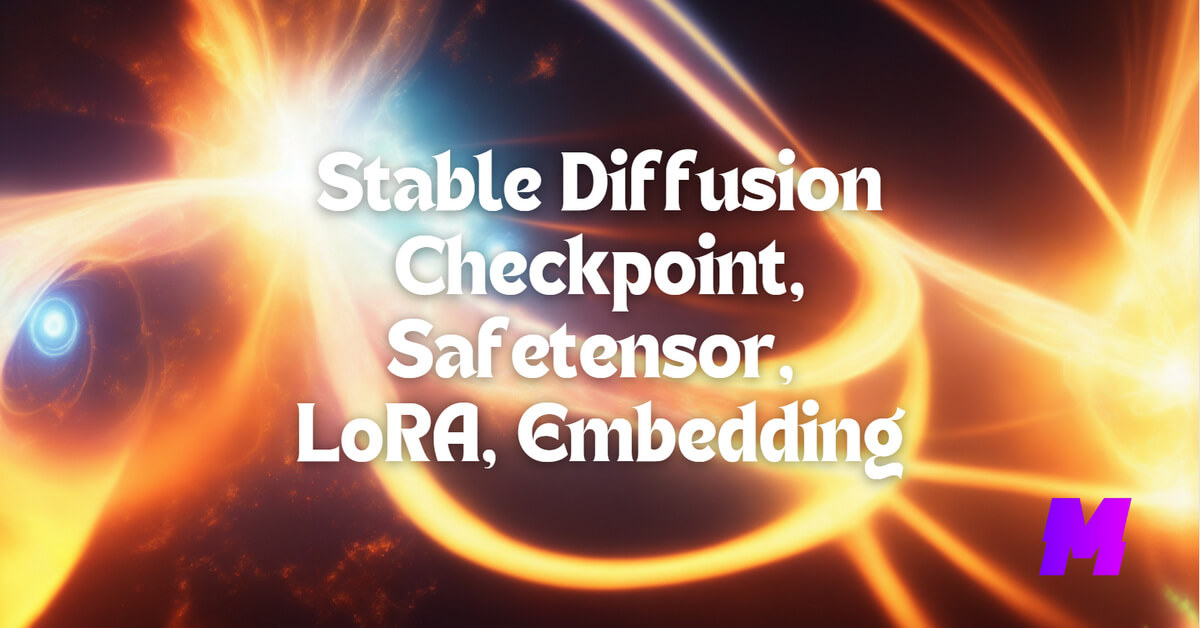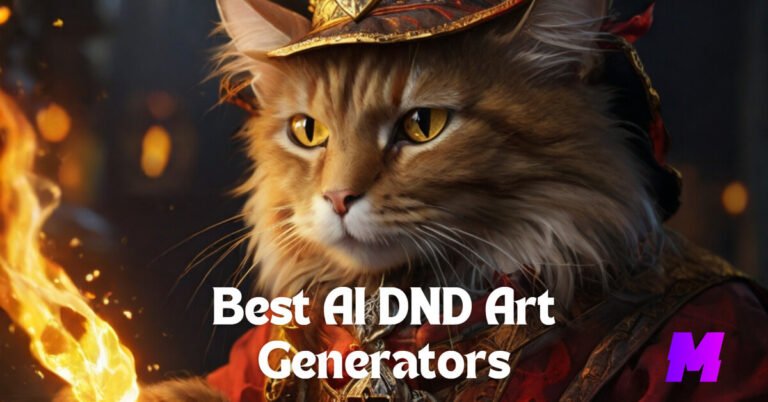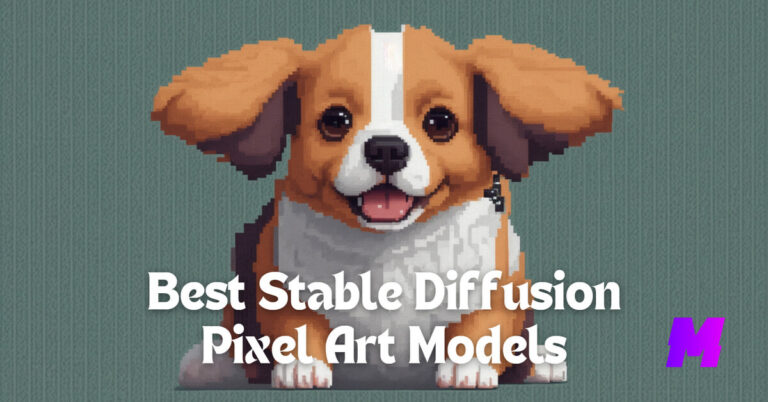Stable Diffusion is a free and open-source deep-learning text-to-image model. It’s used for generating detailed images based on text descriptions, featuring capabilities such as inpainting, outpainting, and image-to-image translations.
Here are the key differences between models, checkpoints, LoRAs, embeddings, and safetensors for Stable Diffusion.
Table of Contents
Models
A Stable Diffusion model is a general expression in the context of AI image generation, it could refer to a checkpoint, a safetensor, a Lora, or an embedding.
Pre-trained Stable Diffusion models are popular choices if you’re looking for specific styles of art results.
For the well-received and trusted Stable Diffusion models, you can refer to our following lists, or see our comprehensive list of the best Stable Diffusion models.
- Best Stable Diffusion Realistic Models
- Best Stable Diffusion Anime Models
- Best Stable Diffusion Architecture Models
Checkpoints
Checkpoints are full snapshots or saved states of a Stable Diffusion model at a specific point during its training process.
They capture the complete knowledge and parameters learned by the model up to that stage.
Checkpoints allow you to load and use a pre-trained Stable Diffusion model for generating images without having to train the model from scratch.
Popular checkpoints include Stable Diffusion v1.5, v2.0, v2.1, and Stable Diffusion XL (SDXL) released by Stability AI, as well as community fine-tuned models like Juggernaut XL.
Checkpoint Merge
A checkpoint merge allows users to blend two or more pre-trained models to generate high-quality, personalized images.
By merging these checkpoints, users can combine the unique capabilities of each model, such as different styles, resolutions, or specialized training on particular types of images, to produce a model that is better suited to their specific needs.
LoRAs (Low-Rank Adaptation)
LoRAs are a technique to efficiently fine-tune and adapt an existing Stable Diffusion model to a new concept, style, character, or domain.
Instead of updating the full model, LoRAs only train a small number of additional parameters, resulting in much smaller file sizes compared to full fine-tuned models.
LoRAs can be applied on top of a base Stable Diffusion checkpoint to introduce new capabilities like improved quality, specific art styles, characters, objects, or environments.
LoRAs are versatile and can be used with different base checkpoints, but a LoRA trained on one version (e.g. SD v1.x) will only work with checkpoints from the same version.
LoRA Weight
LoRA weights in Stable Diffusion control the strength (A value between 0 and 1) of the LoRA adaptation, allowing users to balance the influence of the LoRA model versus the base Stable Diffusion model in the generated images.
The default LoRA weight is usually 1, which applies the LoRA adaptation at full strength. However, we have found that lower LoRA weights like 0.5 or 0.3 can sometimes work better, especially for LoRA models trained for fewer epochs.
Lower weights reduce the LoRA impact, which can be helpful if the LoRA model is “overcooked” or doesn’t blend well with the base model.
Embeddings
Embeddings are numerical representations of words or concepts that the text encoder component of Stable Diffusion uses to understand text prompts.
Fine-tuning the text embeddings allows the model to better comprehend and generate images related to new concepts or domains.
Embeddings work alongside the base model checkpoint and any applied LoRAs to influence how the model interprets and visualizes text prompts.
Safetensors
Safetensors is a file format for securely storing Stable Diffusion model weights and parameters, acting as an alternative to the standard PyTorch checkpoint (.ckpt) format.
Safetensors provides additional security checks and prevents potential malware injection, making it the recommended format for sharing and loading Stable Diffusion models.
While .ckpt and .safetensors files can both load Stable Diffusion models, safetensors is considered safer, faster to load, and has become the standard format adopted by the community.







